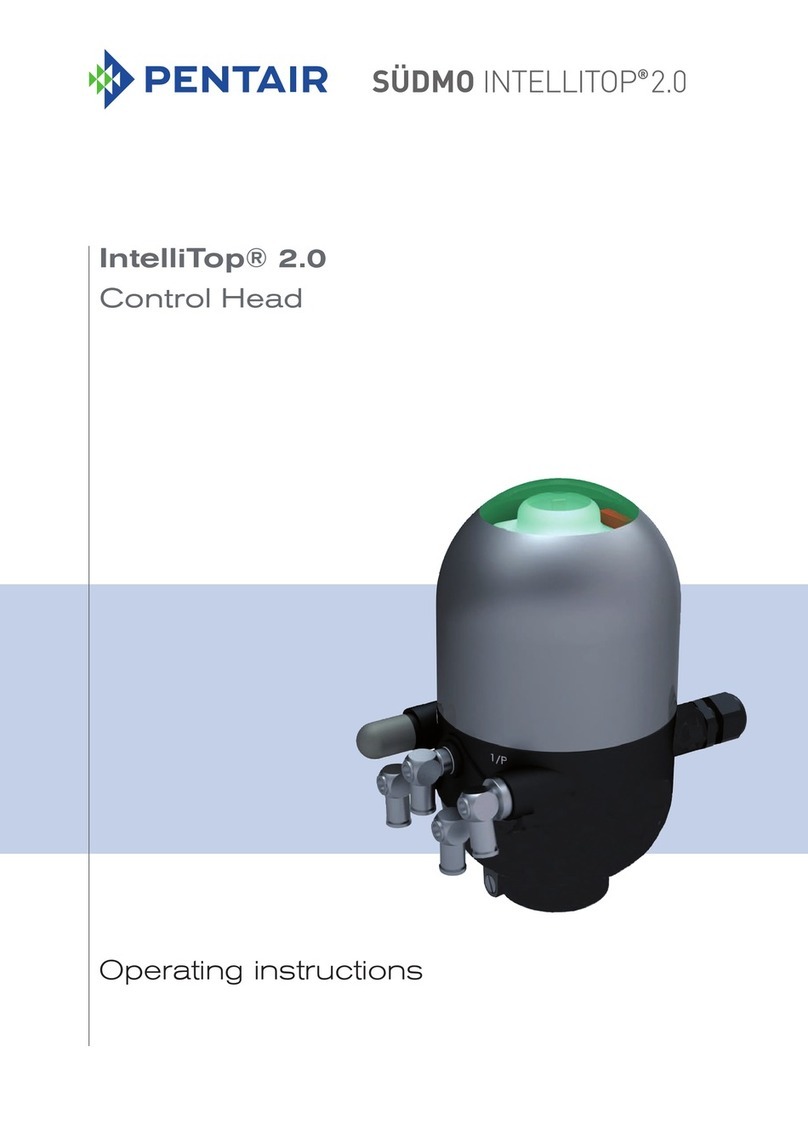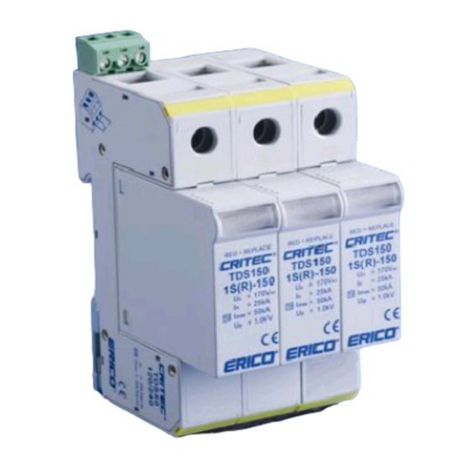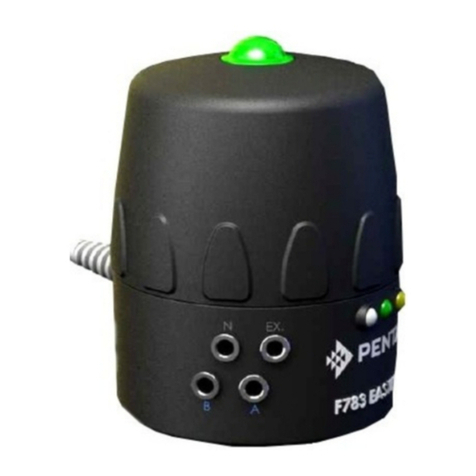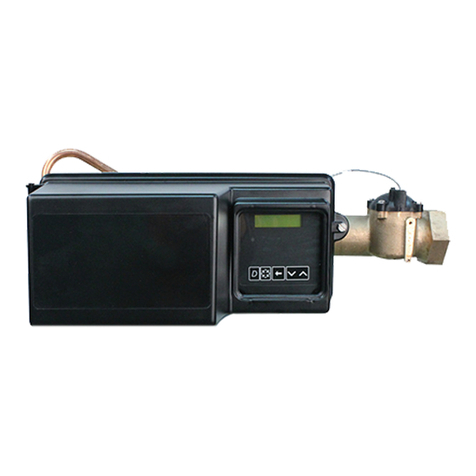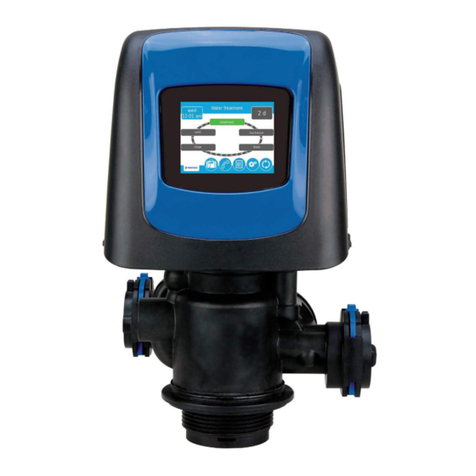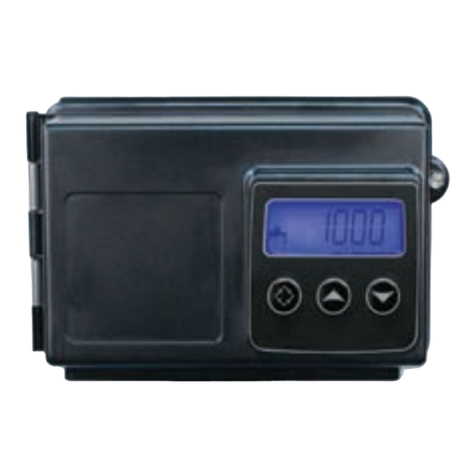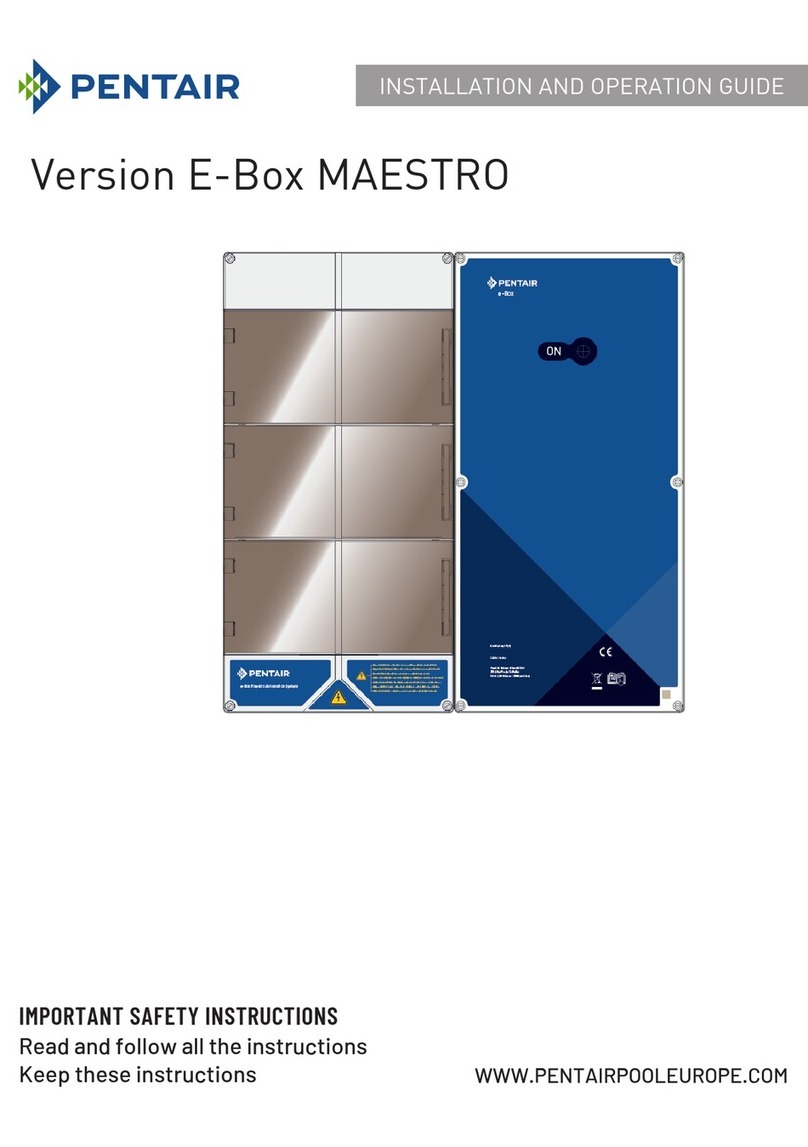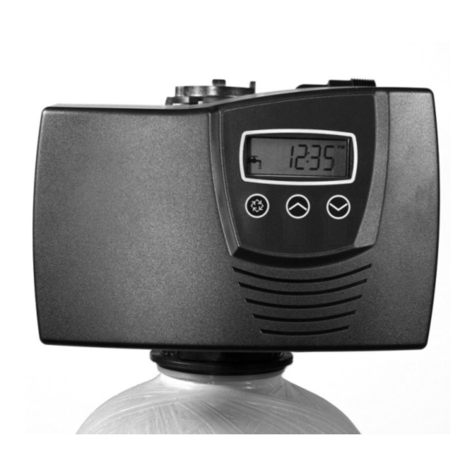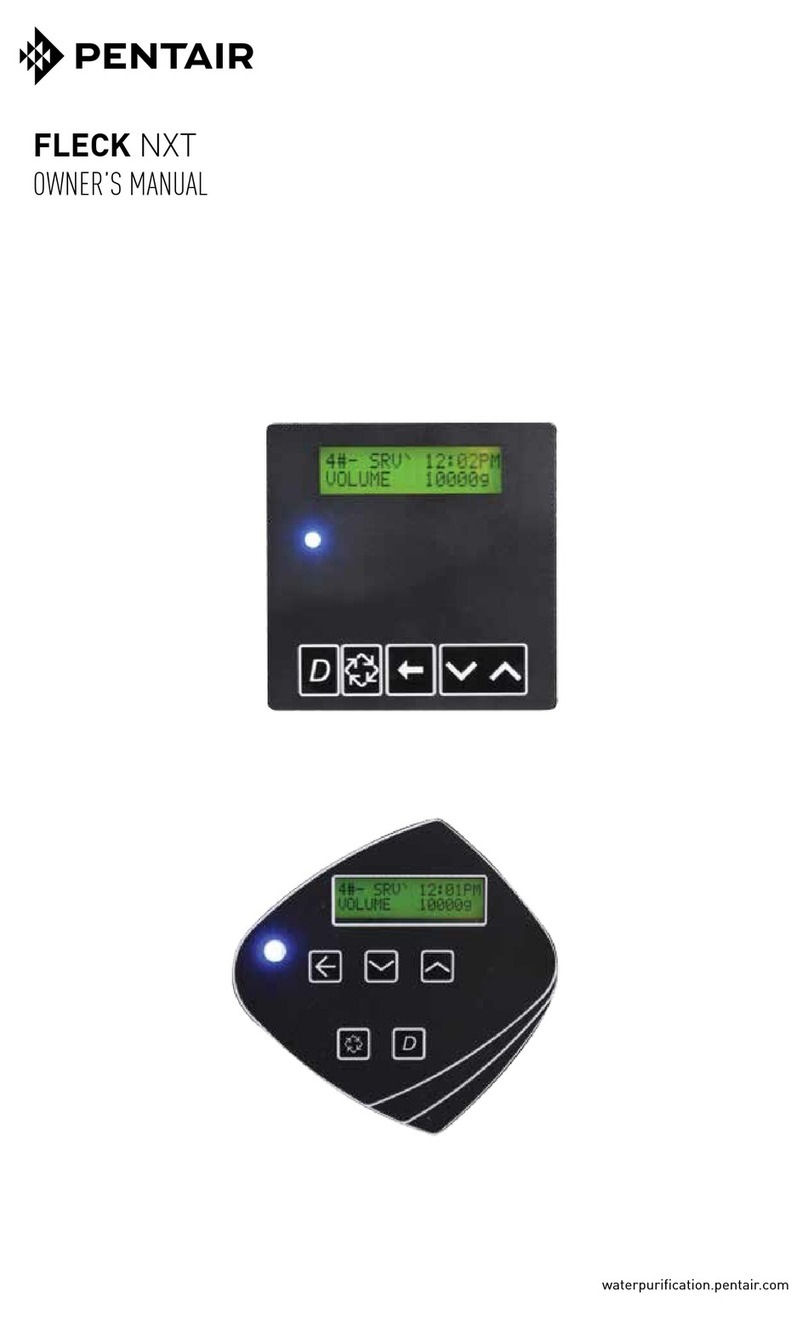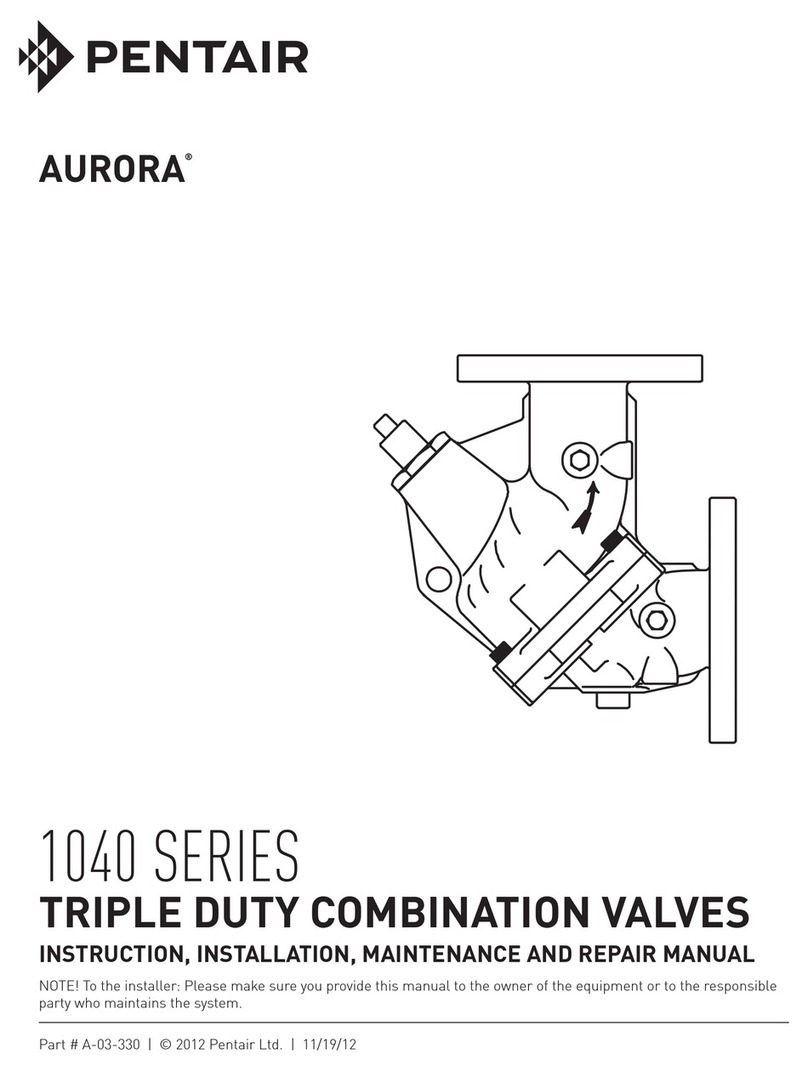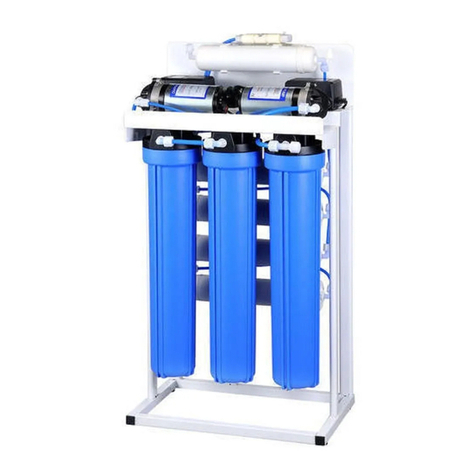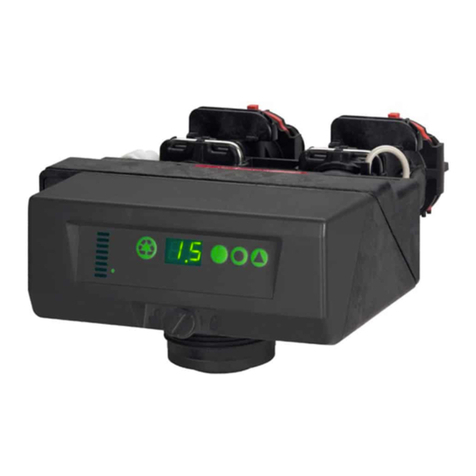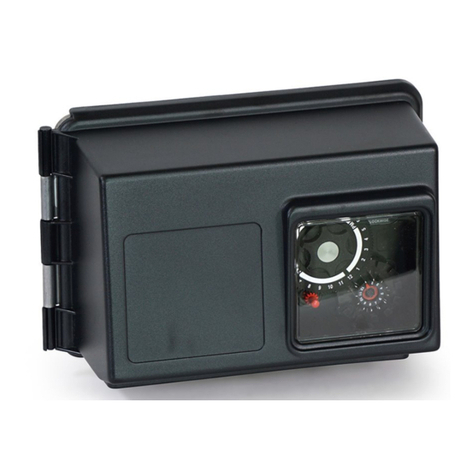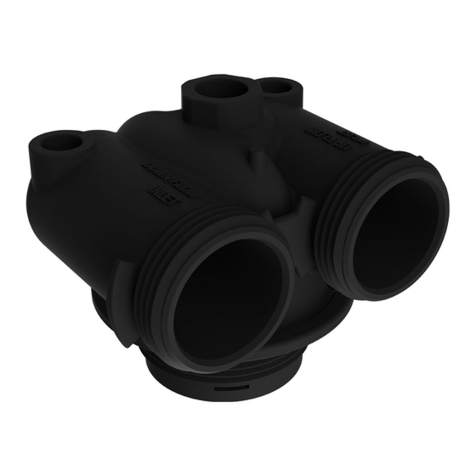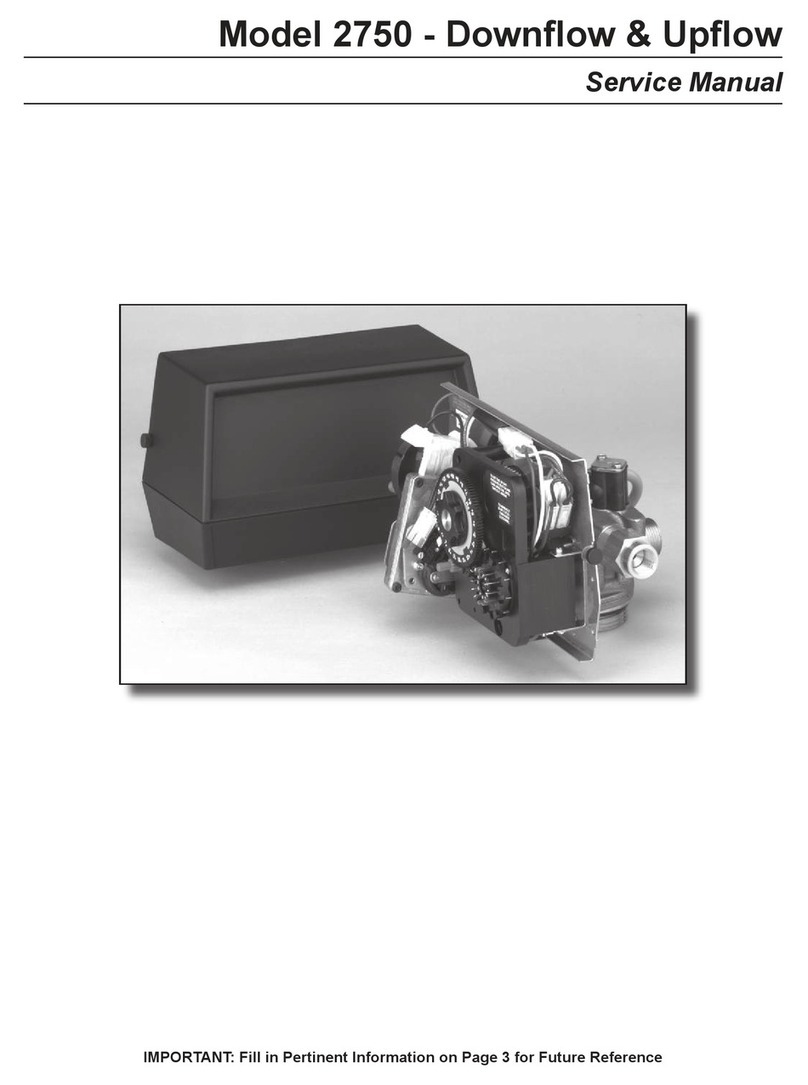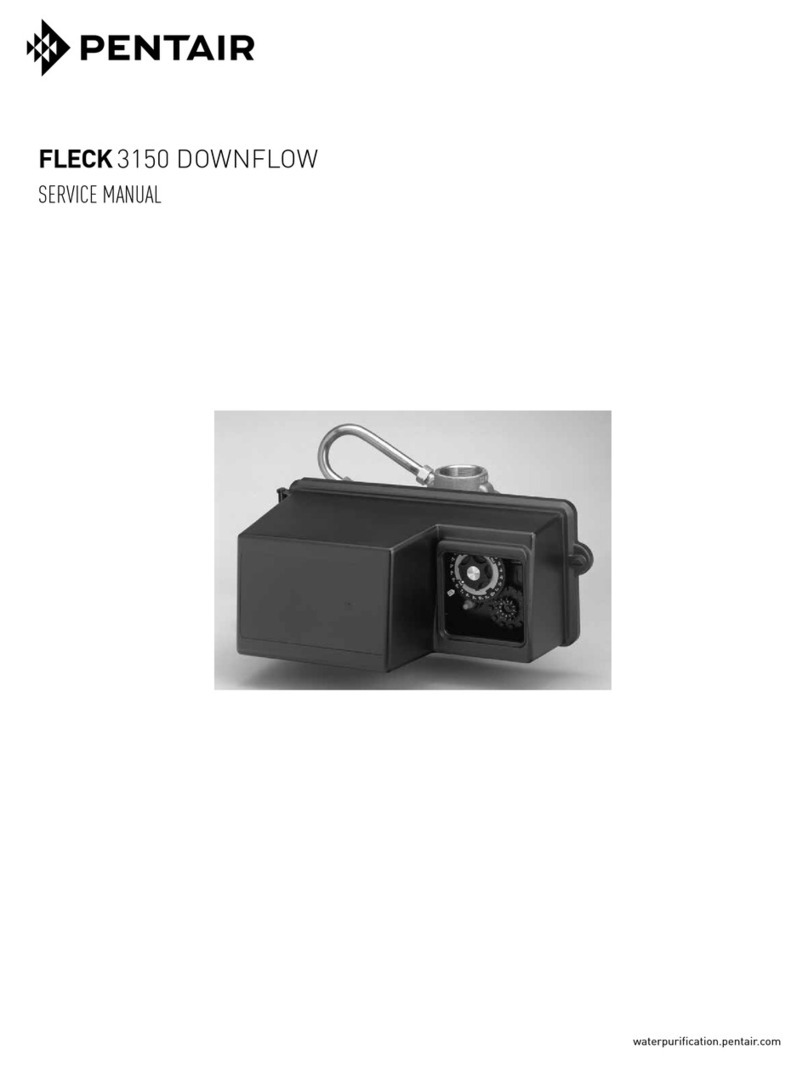
2
HI FLOW™ Six-Way 1-1/2 Inch Top Mount Valve Installation and User’s Guide
OPERATION
The HiFlow™ Six-Way Top Mount Valve operates under
pressure. When closed properly and operated without
air in the water system, this valve will operate in a safe
manner.
This six position valve is designed to provide all the
necessary positions required to operate, maintain,
troubleshoot and service your filter. It is provided with
six operating positions and one winterize position. The
valve is constructed of high quality corrosion-resistant
materials and when installed, operated and maintained in
accordance to these instructions your valve will provided
years of trouble free operation.
1. This valve is equipped with an external air bleeder
(item 12, page 6). Always open this air bleeder and
stand clear of the filter and valve before starting the
system pump. Leave the air bleeder open until a
steady stream of water appears.
2. The valve has a closed position. THE PUMP SHOULD
NEVER BE ON WHEN THE VALVE IS IN THE
CLOSED POSITION. If the pump is operated while
the valve is closed, the air relief system becomes
inoperative and separation of system components
can occur. Additionally, running the system with no
flow will seriously damage the equipment.
Valve Positions
FILTER: From pump, through valve downward THRU
FILTER up through center pipe to valve RETURN port
for normal filter action and vacuuming pool thru filter.
BACKWASH: From pump through valve, down through
center pipe and to valve WASTE port for cleaning
filter by reversing flow.
RINSE: From pump, through valve downward, up
through filter, up through center pipe to valve WASTE
port for start-up cleaning and resetting filter bed after
backwashing
WASTE: From pump through valve BY PASSES FILTER
and goes to WASTE port for vacuuming directly to
waste, lowering pool level, or draining pool.
CLOSED: NO FLOW - DO NOT USE THIS SETTING
WHILE PUMP IS OPERATING.
RECIRCULATE: From pump, through valve, bypasses
filter and goes to return port for circulating water
without going thru filter.
To prevent damage to the equipment
and possibly injury always turn the
pump off before changing valve positions.
INSTALLATION
The filter valve will be installed on to the filter in one of two
ways depending upon the filter and valve type:
• Clamp-style valves utilize a clamp which holds
together the flanges of the valve and filter. To install
a clamp-style valve follow the instructions below,
disregarding steps 13-15.
• Threaded-style valves utilize a large 6” buttress
thread that screw directly into the filter tank. To
install a threaded-style valve follow steps 1-3
and then proceed to steps 13-20 (disregard steps
4-12).
Note: All item numbers called out in the instructions below
refer to the item numbers given in the replacement parts
list on page 6.
1. Inspect carton and valve for any evidence of damage
due to rough handling during shipment. If carton or
any valve components are damaged, notify freight
carrier immediately.
2. After initial inspection, carefully remove valve
components from carton.
3. Be sure sand has been placed into filter, sand guide
has been removed and top of filter cleaned of any
sand or debris.
4. Ensure o-ring (item 13) is in place in groove on valve
body.
5. Open clamp (item 14) wide enough to place over the
flange on the tank and rest on the tank before the
valve is installed.
6. Place valve over opening in top of tank so that filter
centerpipe slips into bore of valve body.
7. Valve ports are labeled with the location of where
they should be connected; i.e. pump port must go to
pump discharge, waste port must go to the waste line
and return port must go to the pool return.
Orient the valve to allow the ports to be plumbed to
the proper location.
8. Press down on valve so that o-ring (item 13) is down
inside of opening of tank top.
Use caution when handling or working
around valve clamp to prevent
potential injury to fingers or hands from contact with sharp
edges.
HIGH PRESSURE: An improperly
installed valve may separate from the
filter and cause sever injury and/or property damage.
- Continue on to next page -
Air entering a filter with a poorly or improperly
closed valve clamp can cause the valve to
separate from the filter and can cause severe bodily injury and/or
property damage. (Some valve models do not have a clamp but
thread into the filter tank.)
